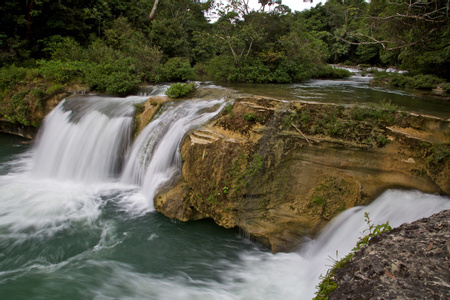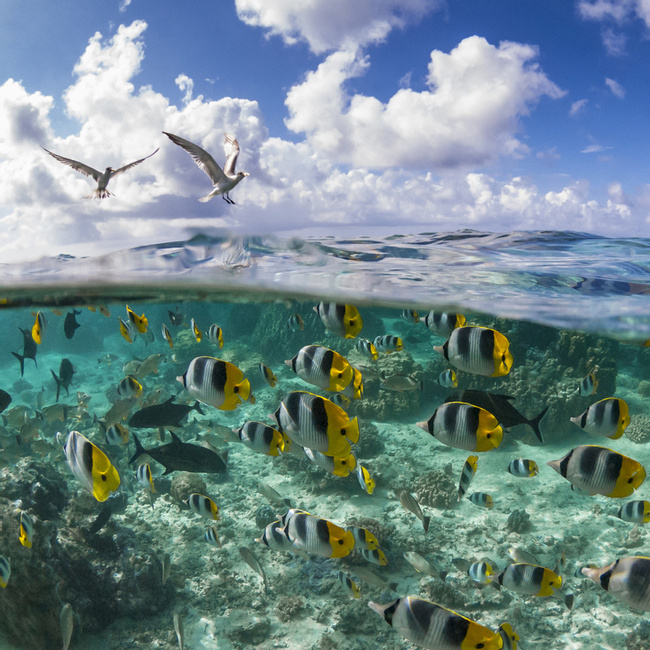Blue Hole National Park
The Blue Hole is undoubtedly Belize’s most recognizable attraction. Located at the center of the Lighthouse Reef Atoll, this incredible sinkhole measures 1,000 feet (300 m) across and sits in the center of a small circular reef.
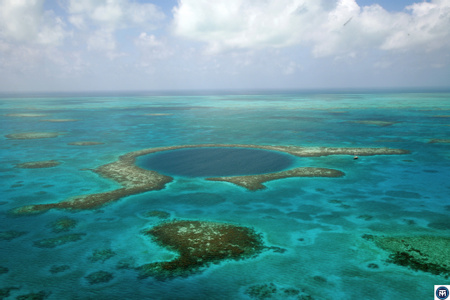
Caribbean Islands
The Caribbean Islands are the epicenter of Belize’s tourism industry and are undoubtedly the country’s biggest draw. This region is home to the Belize Barrier Reef, a UNESCO World Heritage Site that runs down the entire length of the country and is the second largest barrier reef system in the world. With seven different protected areas and dozens of island atolls, the Caribbean Islands of Belize are a playground for ocean lovers who want to get up close to the reef and its marine life.
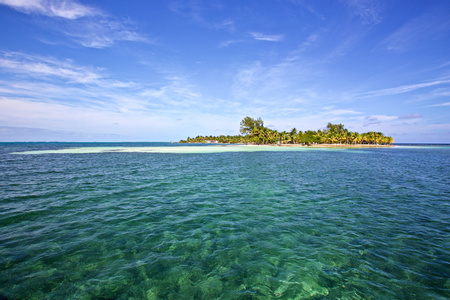
Maya Mountains
The Mayan Mountain region beckons the outdoor adventure seeker. Recognizing the value of healthy ecosystems, the Belize government has set aside much of this region as protected areas. As a result, the environment here remains very healthy and untouched, with abundant wildlife and native vegetation. The Mayan Mountain region of Belize spans the west of the Hummingbird Highway, and the area that borders the Western Highway.
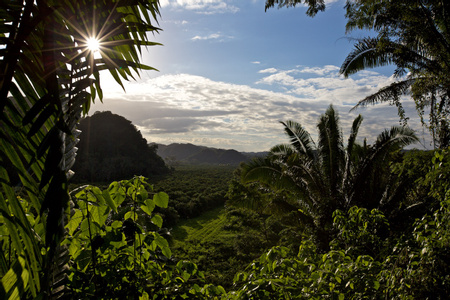
Ambergris Caye
Ambergris Caye is Belize’s largest island and the most well known destination in Belize. Located at the northern end of Belize’s waters, a small channel dug by the Maya separates Ambergris Caye from Mexico’s Yucatan Peninsula. The narrow, 25-mile (40-km) long island is surrounded by the Caribbean’s aquamarine waters and consists of mangroves, lagoons, and the laid back town of San Pedro, which sits upon a low sandy plateau near the southern end of the island.
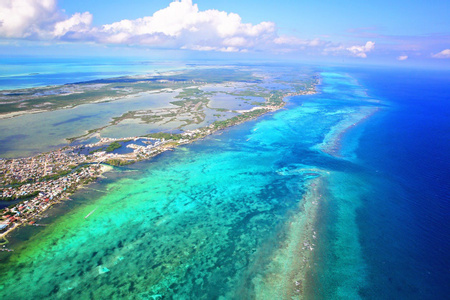
Caye Caulker
Caye Caulker is a sleepy, 5-mile (8-mile) long island with 1,300 residents. It’s just 21 miles (34 km) northeast of Belize City and is directly south of Ambergris Caye. With no cars or paved roads, the quiet sandy streets on Caye Caulker are only occupied by golf carts, beach cruisers, and pedestrians. Travelers come here to relax and enjoy the slow pace of island life, whether that be swaying in an ocean-front hammock, kayaking around the island’s calm waters and mangroves, or sunbathing at the popular hangout called the Split, a channel that separates the northern and southern half of the island. Like Ambergris Caye, the island sits just one mile west of the Belize Barrier Reef, offering easy access to the area’s best snorkeling and scuba activities.
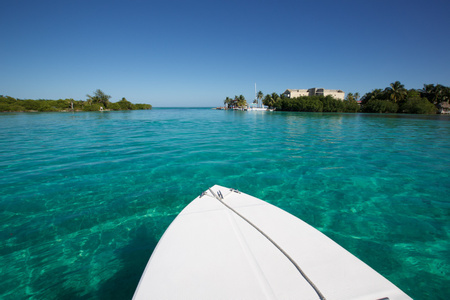
Glover's Reef Atoll
A UNESCO World Heritage Site, Glover’s Reef Atoll consists of 5 tiny tranquil islands and an expansive coral reef that measures 18 miles (29 km) long by 6 miles (10 km) wide. It is the southernmost coral atoll in Belize, sitting approximately 28 miles (45 km) east of Dangriga and Hopkins on the mainland.
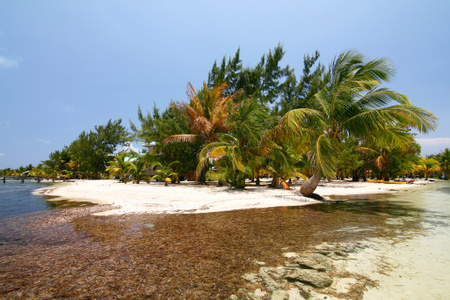
Turneffe Islands
Located 30 miles (48 km) east of Belize City are an expansive group of mangroves and tropical sandy island atolls where there is nothing more than a handful of private resorts and a very small population of resident fishermen. The waters surrounding the Turneffe Islands are home to the largest coral reef atoll in all of Belize and were set aside as a protected marine reserve in 2012.
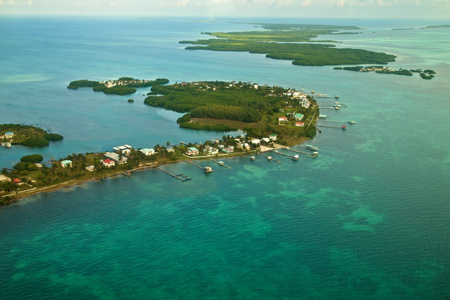
5 Blues Lake National Park
A true natural wonder, Five Blues Lake National Park is characterized by mystery. In recent years, the lake has drained and refilled itself, without obvious explanation. Besides this puzzling phenomenon, visitors have plenty to marvel at as they hike through the park. The name “Five Blues” references the multiple shades of blue in the water of the complex of freshwater lagoons, created by rainforest-filtered light.
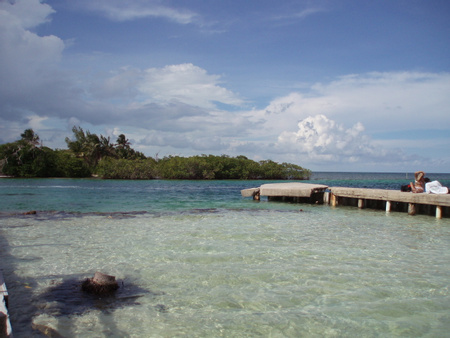
Barton Creek Cave
Barton Creek Cave is one of the most fascinating wet caves in Belize. A tour of Barton Creek Cave involves gently paddling a two-man canoe across the cave’s still water, guided only by headlamps that light up the intricate stalactites and stalagmites that make up the limestone walls. It is one of the few wet caves in Belize where exploring doesn’t require swimming or tubing. Please note that the cave ceiling is quite low in places, and all visitors should be comfortable in dark.
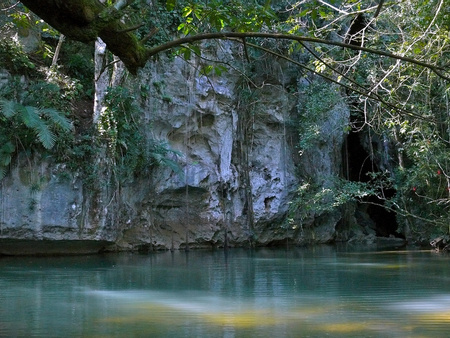
Cahal Pech Ruins
Less than a 10-minute drive or a 25-minute uphill walk from the town of San Ignacio, the 2-acre Mayan ruin site called Cahal Pech makes for pleasant morning or afternoon trip.

Gladden Spit and Silk Caye
The main draw of the Gladden Spit and Silk Caye Marine Reserve is the opportunity to swim with whale sharks, who spend the months of March through June migrating through the reserve’s feeding grounds. Preying mostly on plankton and small fish, these gentle giants can reach lengths of up to 40 feet (12 m) and are the largest fish on the planet.
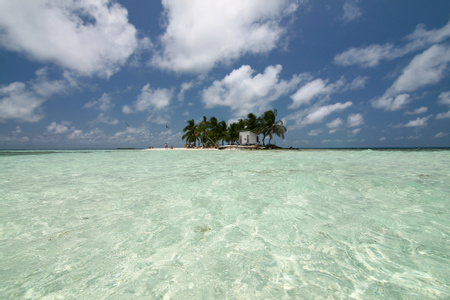
Goff's Caye
Frequented by cruise ship passengers and day-trippers from Belize City and Caye Caulker, Goff’s Caye is a tiny palm-covered island about 30 minutes off the coast of Belize City. Islands like Ambergris Caye and Caye Caulker offer a fun beach scene, but Goff’s Caye allows you to truly sink in to the Belizean Caribbean without any distraction, on an excursion with just a few other visitors. It’s right near the Belize Barrier Reef, giving you the chance to observe a bit of marine wildlife on a snorkeling excursion.
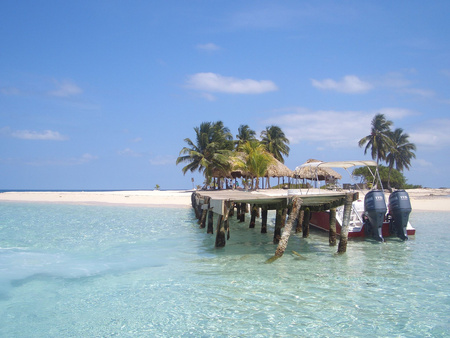
Hol Chan
The quick ride out to Hol Chan Marine Reserve makes this the most popular half-day tour for visitors staying at Ambergris Caye and Caye Caulker. Set aside in 1987, this reserve covers an area of 3 square miles (7.8 sq km) and is found off the southern tip of Ambergris Caye. As a result, this area of the Belize Barrier Reef supports healthy populations of fish and colorful coral. Turtles, nurse sharks, grouper, jacks, reef fish, and barracuda are just a few of the species you might see here. The reef ranges from 10–30 feet (3–9 m) deep and most guides take snorkelers along the outer edge of the reef. While this site is great for beginner snorkelers, as well as divers, swimmers should pay attention to currents which can be strong throughout the reserve.
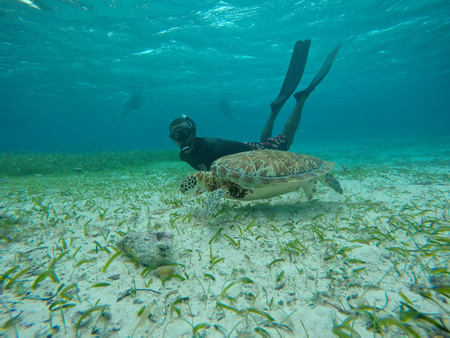
Lubaantun Ruins
Lubaantun (“The Place of Fallen Stones”) served as the home to 20,000 Maya during the Late Classic Period from AD 730–890. Although the lifetime of Lubaantun’s occupation was short, lasting between 130 and 180 years, discoveries of basalt grinding stones, seashells, and obsidian indicate that Lubaantun was once a major trading site. Located in the southern foothills of the Mayan Mountains in the Toledo District, the rich soils here also supported productive farming operations for cacao.
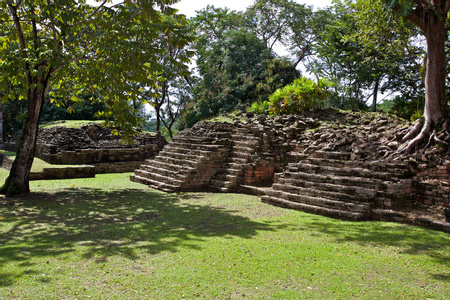
Mayflower Bocawina National Park
The Mayflower Bocawina National Park, located in the Stann Creek District, was established in 2001 and is co-managed by local stakeholders, the Institute of Archeology, and the Belize Government.
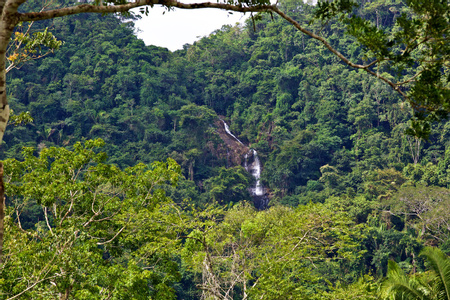
Mountain Pine Ridge Forest Reserve
Set aside in 1944, the Mountain Pine Ridge Forest Reserve is Belize’s oldest and largest protected area, spanning 300 square miles (777 square km). Unlike other parts of Belize, where tropical vegetation dominates the landscape, the reserve consists of primarily Honduras pine, a Caribbean species of pine tree. The reserve is characterized by deep ravines, large granite outcrops, rivers, and vistas.
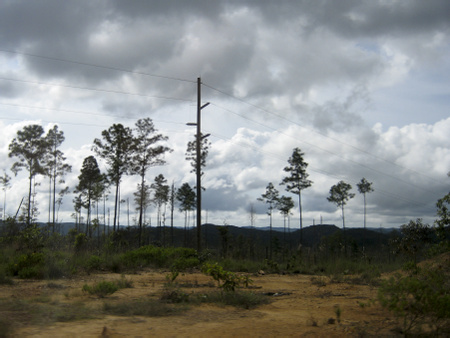
Caribbean Coast
The Belize coastline spans 240 miles (386 km) from north to south. While the coastal communities are scattered up and down the mainland, only a few of these towns have attractive beaches and a developed tourism infrastructure. People wanting an idyllic beach vacation where they can snorkel at a reef near the shore should consider staying on one of Belize’s Caribbean islands. But if you’re looking for a diverse vacation with a mix of beach, jungle, culture, and history, you will find plenty to do along the mainland coast, particularly in the town of Hopkins and on the Placencia Peninsula.
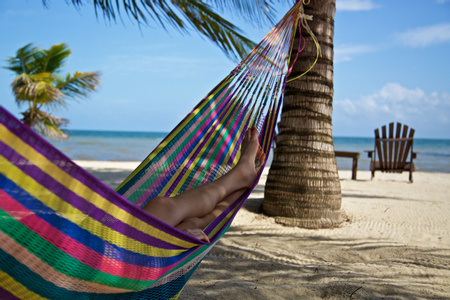
Río Blanco National Park
This isolated national park at the southern end of Belize was established in 1994 in an effort to promote sustainable tourism as an alternative to logging. Recognizing the value of the incredible natural resources in the region, the surrounding indigenous Mayan communities of San Elena and Santa Cruz aligned and formed the Río Blanco Mayan Association, which now co-manages the park.
